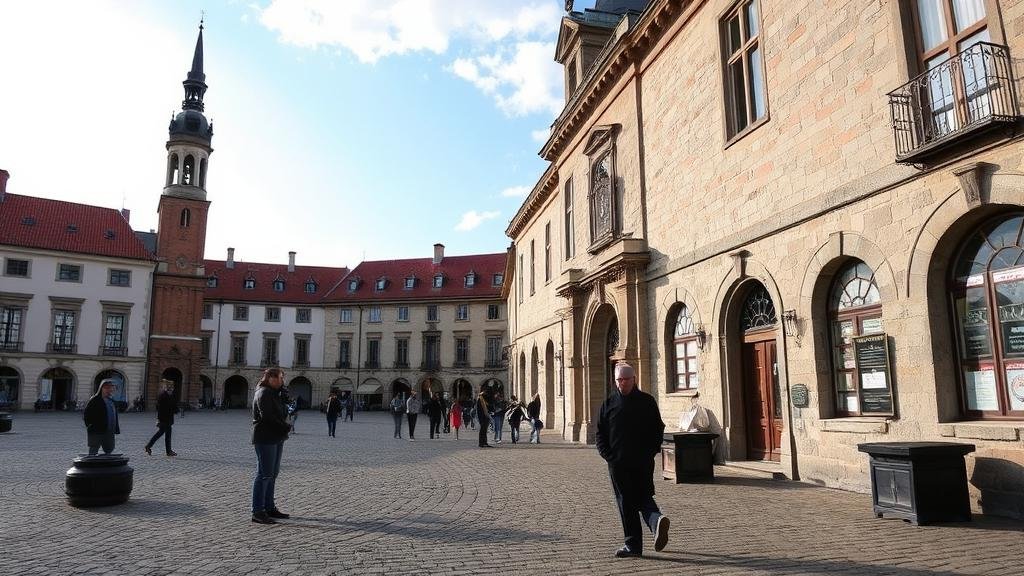Metal Detecting in Historic Courthouses and Town Squares
Metal Detecting in Historic Courthouses and Town Squares
Metal detecting is an increasingly popular hobby that combines adventure, history, and archaeology. Among the most intriguing locations for metal detecting are historic courthouses and town squares, where a legacy of public activity and social engagement has left behind artifacts of considerable cultural significance. This article explores the motivations, methodologies, legal considerations, and case studies surrounding metal detecting in these historically rich sites.
Historical Context of Courthouses and Town Squares
Courthouses and town squares serve as central hubs in communities, historically hosting important events such as court proceedings, public announcements, and ceremonial gatherings. e locations are often the backdrop of pivotal moments in local and national history, making them fertile ground for uncovering artifacts.
According to the National Trust for Historic Preservation, many courthouses in the United States date back to the 18th and 19th centuries. For example, the Old El Paso County Courthouse in Colorado, built in 1890, is not only an architectural achievement but also a site where significant historical events unfolded. Artifacts found in areas like this can tell stories about the people who lived, worked, and gathered there.
Why Metal Detecting Matters
Metal detecting serves several important purposes beyond the simple thrill of discovery. It can contribute to local history, archaeology, and conservation efforts:
- Preservation of History: Artifacts uncovered can provide insights into community life and historical events.
- Archaeological Research: Finds can aid archaeologists in understanding the layout and use of public spaces over time.
- Engagement and Education: The activity fosters community involvement, often leading to local heritage projects and educational initiatives.
Methodologies in Metal Detecting
The practice of metal detecting involves several methodologies that can enhance the likelihood of finding valuable artifacts. Key strategies include:
- Research: Before heading out, it’s essential to research the history of the location. Local libraries and historical societies often maintain archives that detail significant events and past community activities.
- Site Selection: Prioritizing sites that have had heavy public use or significant historical events increases the chances of finding artifacts.
- Use of Technology: Modern metal detectors equipped with advanced features such as discrimination settings can differentiate between valuable metals and common trash, optimizing search efficiency.
Legal Considerations
Before engaging in metal detecting, understanding local laws and regulations is crucial. Many courthouses and town squares are protected under national or state heritage laws. Key points to consider include:
- Permission: Always seek permission from property owners or relevant authorities, particularly in public areas.
- Reporting Finds: In many jurisdictions, legally, any significant archaeological finds must be reported to local authorities.
- Permits: Certain sites may require specific permits for metal detecting activities.
Case Studies
Several notable instances highlight successful metal detecting endeavors in historic courthouses and town squares:
- The Discovery of Local Currency: In 2019, metal detector enthusiasts in a New Hampshire town square uncovered several 19th-century coins, providing researchers with crucial insights into the local economy at that time.
- Artifacts from a Civil War Courthouse: A team surveying a courthouse in Virginia stumbled upon items from the Civil War era, including buttons and insignia, which prompted a renewed interest in local Civil War history.
Actions and Takeaways
Engaging in metal detecting in historic courthouses and town squares can be both rewarding and educational. Here are steps for individuals interested in this pursuit:
- Conduct thorough background research on your chosen location.
- Respect community rules and obtain necessary permissions.
- Document your findings and share them with local historical societies.
To wrap up, metal detecting in historic courthouses and town squares presents a unique opportunity for individuals to uncover hidden stories of the past, while also respecting and preserving the cultural heritage that these sites represent. By understanding the legal landscape, employing effective methodologies, and engaging with local history, enthusiasts can contribute significantly to the enrichment of their communities.



